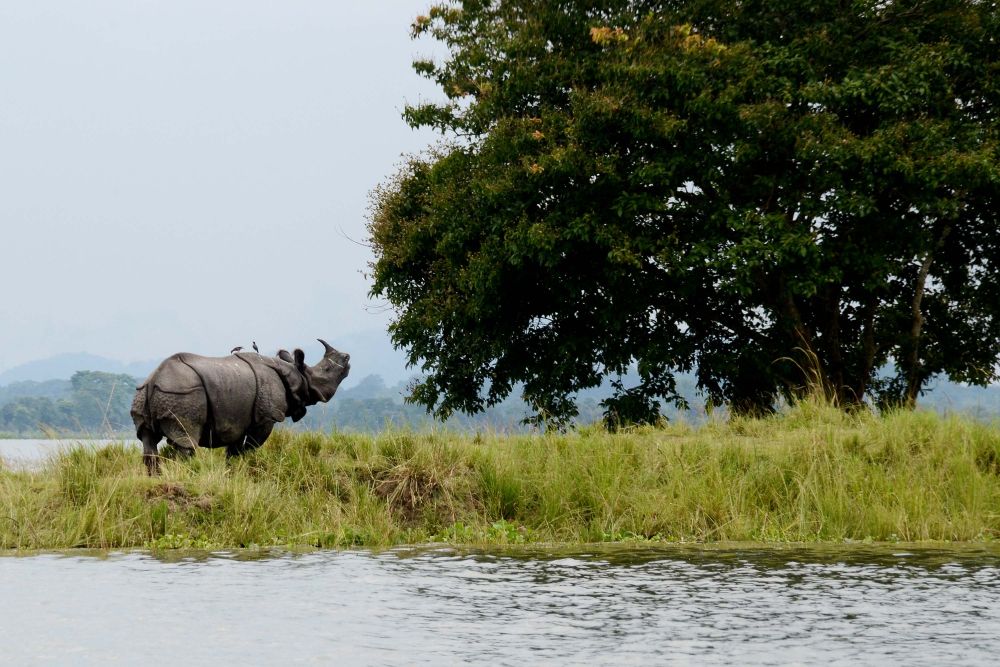

Kaziranga National Park, located in the state of Assam in India, is a world-renowned wildlife sanctuary and a significant biodiversity hotspot. The park is most famous for its population of the Indian one-horned rhinoceros, which constitutes two-thirds of their world population.
The history of the park dates back to the early 20th century. Kaziranga was established as a Reserved Forest in 1905, following the efforts of Lady Curzon, who was perplexed and concerned by the near-extinction status of the one-horned rhinoceros. Over the years, it was upgraded to a game sanctuary and eventually declared a National Park in 1974. The park received further recognition and was declared a World Heritage Site by UNESCO in 1985, attesting to its global importance for conservation.
The tourism at Kaziranga National Park began modestly, with a few nature enthusiasts and wildlife photographers visiting the sanctuary. Over the decades, however, the park has transformed into a premier destination for nature and wildlife tourism. The recognition as a World Heritage Site and the successful conservation efforts have played a significant role in increasing tourist footfall.
In the 1980s and 1990s, the infrastructure around Kaziranga started developing, with better roads, accommodation, and safari services. This development was critical in boosting tourism. The park's management formulated regulated tourist activities that included elephant safaris and jeep safaris to view wildlife in their natural habitat while ensuring minimal disturbance to the ecosystem.
With the rise of eco-tourism and responsible travel, the latest tourism trend in Kaziranga is the promotion of sustainable practices. The lodges and resorts around the park are increasingly focusing on minimizing their carbon footprint and educating visitors on conservation. Activities such as bird watching tours, community visits, and conservation workshops are gaining popularity among tourists.
Moreover, with advancements in digital technology, online bookings and the presence of the park on various platforms have made it more accessible to a global audience. Social media has played a crucial role in highlighting the beauty and importance of Kaziranga, promoting conservation awareness alongside tourism.
Tourism has had a profound impact on the local economy, providing job opportunities, and facilitating infrastructure development in the region. The increased awareness brought about by tourism has also contributed to the conservation efforts of various species in the park. However, the balance between tourism and conservation remains delicate, necessitating ongoing attention to sustainable practices to ensure the well-being of the park's varied inhabitants.
Kaziranga stands as a testament to successful conservation measures and responsible tourism acting in tandem to protect a unique part of the planet's heritage. With the collective efforts of the government, conservationists, local communities, and visitors, it continues to be a beacon of hope for endangered species and biodiversity conservation.